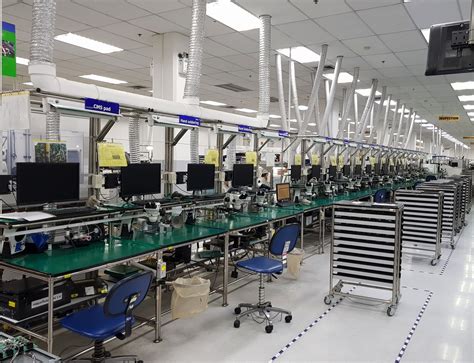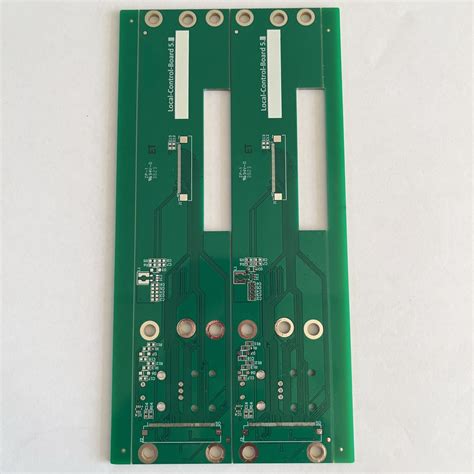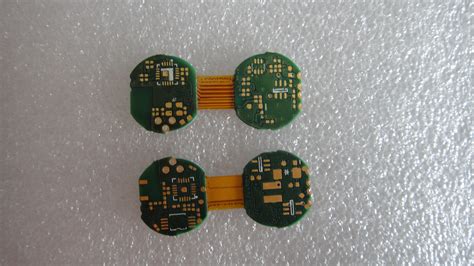Flexible Circuit Boards: Revolutionizing Modern Electronics
Introduction
In the ever-evolving world of electronics, the demand for more compact, lightweight, and versatile components has led to the development of flexible circuit boards (flex circuits). These innovative boards have transformed the way electronic devices are designed and manufactured, offering a range of benefits that traditional rigid circuit boards cannot match. From consumer electronics to medical devices, flexible circuit boards are becoming an integral part of modern technology. This article explores the fundamentals of flexible circuit boards, their advantages, applications, manufacturing processes, and future prospects.
What are Flexible Circuit Boards?
Flexible circuit boards, often referred to as flex circuits, are a type of printed circuit board (PCB) that can bend, twist, and fold without breaking. Unlike traditional rigid PCBs, which are made from solid materials like fiberglass, flex circuits are constructed using flexible materials such as polyimide or polyester. These materials allow the circuit board to conform to various shapes and fit into tight spaces, making them ideal for applications where space and weight are critical factors.
Flex circuits can be single-sided, double-sided, or multilayered, depending on the complexity of the design. They consist of a thin insulating film with conductive traces etched onto it, similar to rigid PCBs. However, the key difference lies in the flexibility of the substrate, which enables the board to be bent or folded without damaging the circuitry.
Advantages of Flexible Circuit Boards
- Space and Weight Reduction: One of the most significant advantages of flex circuits is their ability to reduce the size and weight of electronic devices. By replacing bulky wiring harnesses and rigid boards with thin, flexible circuits, manufacturers can create more compact and lightweight products. This is particularly important in industries such as aerospace, automotive, and consumer electronics, where space and weight are at a premium.
- Enhanced Durability: Flex circuits are designed to withstand mechanical stress, including bending, twisting, and vibration. This makes them highly durable and reliable in applications where traditional rigid boards might fail. For example, in automotive electronics, flex circuits can endure the constant vibrations and temperature fluctuations experienced during vehicle operation.
- Improved Signal Integrity: The shorter and more direct routing of conductive traces in flex circuits reduces signal loss and electromagnetic interference (EMI). This results in improved signal integrity and overall performance of the electronic device. In high-frequency applications, such as telecommunications and data transmission, this is a critical advantage.
- Design Flexibility: Flex circuits offer unparalleled design flexibility, allowing engineers to create custom shapes and configurations that would be impossible with rigid boards. This flexibility enables the integration of electronics into unconventional spaces, such as curved surfaces or moving parts, opening up new possibilities for product design.
- Cost Efficiency: While the initial cost of flex circuits may be higher than rigid boards, they can lead to significant cost savings in the long run. By reducing the need for connectors, cables, and additional components, flex circuits simplify the assembly process and lower overall production costs. Additionally, their durability and reliability can reduce maintenance and replacement expenses.

Applications of Flexible Circuit Boards
Flexible circuit boards are used in a wide range of industries and applications, thanks to their unique properties. Some of the most common applications include:
- Consumer Electronics: Flex circuits are widely used in smartphones, tablets, laptops, and wearable devices. Their ability to fit into tight spaces and conform to the shape of the device makes them ideal for modern, compact electronics. For example, the flexible display connectors in smartphones are often made using flex circuits.
- Medical Devices: In the medical field, flex circuits are used in devices such as pacemakers, hearing aids, and imaging equipment. Their lightweight and flexible nature allows for the creation of smaller, more comfortable medical devices that can be worn or implanted in the body.
- Automotive Electronics: The automotive industry relies on flex circuits for various applications, including engine control units, infotainment systems, and sensors. The durability of flex circuits makes them well-suited for the harsh conditions experienced in vehicles, such as temperature extremes and vibrations.
- Aerospace and Defense: In aerospace and defense applications, weight reduction and reliability are critical. Flex circuits are used in avionics, satellites, and military equipment, where their ability to withstand extreme conditions and reduce weight is highly valued.
- Industrial Equipment: Flex circuits are also used in industrial machinery and robotics, where they can be integrated into moving parts and tight spaces. Their durability and flexibility make them ideal for harsh industrial environments.

Manufacturing Process of Flexible Circuit Boards
The manufacturing process of flexible circuit boards involves several steps, each of which requires precision and expertise. The key steps include:
- Material Selection: The first step in manufacturing flex circuits is selecting the appropriate materials. The substrate is typically made from polyimide or polyester, which provide the necessary flexibility and thermal stability. The conductive traces are usually made from copper, which is laminated onto the substrate.
- Circuit Design: The circuit design is created using computer-aided design (CAD) software. The design specifies the layout of the conductive traces, vias, and components. The design must take into account the flexibility requirements and the intended application of the circuit.
- Etching: The conductive traces are etched onto the substrate using a photolithography process. A photoresist is applied to the copper layer, and the circuit pattern is transferred onto the photoresist using a mask. The exposed copper is then etched away, leaving behind the desired circuit pattern.
- Lamination: For multilayered flex circuits, multiple layers of substrate and conductive traces are laminated together. The layers are bonded using adhesive or heat and pressure, creating a single, flexible circuit board.
- Component Assembly: Electronic components are mounted onto the flex circuit using surface-mount technology (SMT) or through-hole technology (THT). The components are soldered onto the conductive traces, creating a functional circuit.
- Testing and Inspection: The finished flex circuit undergoes rigorous testing and inspection to ensure it meets the required specifications. This includes electrical testing, visual inspection, and mechanical testing to verify the circuit’s performance and durability.
Future Prospects of Flexible Circuit Boards
As technology continues to advance, the demand for flexible circuit boards is expected to grow. Several trends are driving this growth:
- Internet of Things (IoT): The proliferation of IoT devices, which require compact and lightweight electronics, is driving the adoption of flex circuits. These devices often need to be integrated into small, unconventional spaces, making flex circuits an ideal solution.
- Wearable Technology: The rise of wearable devices, such as smartwatches and fitness trackers, is creating new opportunities for flex circuits. These devices require flexible, durable, and lightweight electronics that can be worn comfortably on the body.
- 5G Technology: The rollout of 5G networks is increasing the demand for high-frequency, high-performance electronics. Flex circuits, with their improved signal integrity and reduced EMI, are well-suited for 5G applications.
- Automotive Innovation: The automotive industry is undergoing a transformation with the development of electric vehicles (EVs) and autonomous driving systems. Flex circuits are playing a key role in these innovations, enabling the integration of advanced electronics into vehicles.
- Medical Advancements: The medical field is also benefiting from the use of flex circuits, particularly in the development of minimally invasive devices and implantable electronics. As medical technology continues to advance, the demand for flexible, biocompatible circuits is expected to increase.
Conclusion
Flexible circuit boards have revolutionized the electronics industry, offering a range of benefits that traditional rigid boards cannot match. Their ability to reduce space and weight, enhance durability, improve signal integrity, and provide design flexibility has made them indispensable in a wide range of applications. As technology continues to evolve, the demand for flex circuits is expected to grow, driven by trends such as IoT, wearable technology, 5G, automotive innovation, and medical advancements. With their unique properties and versatility, flexible circuit boards are poised to play a key role in shaping the future of electronics.







